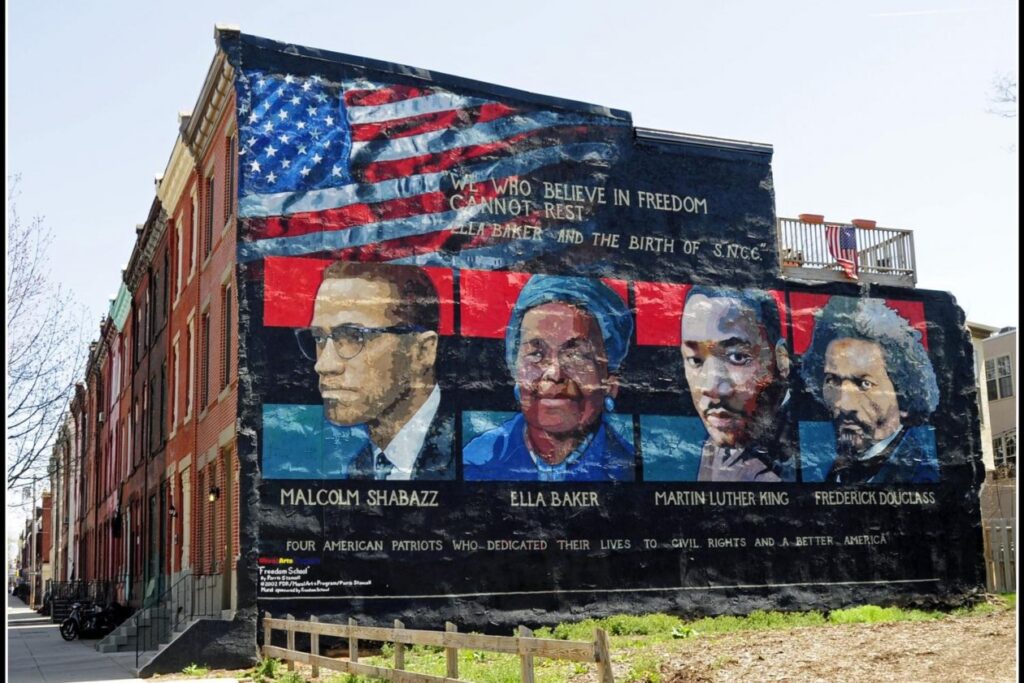The Prehistory of Black Lives Matter (Professor Abdul JanMohamed, English 133B)

Professor's Welcome
 Welcome:
Welcome:
I am looking forward to working with members of the Reading Along group. Traditionally, this course focuses on about 8 canonical modern African-American novels and autobiographies. However, under the current situation, I have turned the course more toward the prehistory of the BLM movement.
–Abdul R. JanMohamed
Course Description
This course will explore the foundation of systemic racism in US society by focusing on white society’s deployment of the threat of death and the systematic killing of African American men and women, from the beginning of New World slavery to the lynching of George Floyd; and it will investigate the relations between the BLM movement and its prehistory, namely a literary history of the ways in which Black writers, artists, and activists have mapped the subjective effects of the threat of death and lynching as well the resistance to those threats and lynchings.
Toward the end of the semester, teams of students will present research reports tracing the roots of BLM other than the ones examined in the class. With the students’ permission, some of these reports could be available to the Reading Along audience.
Monthly Readings
NOVEMBER
Readings:
This month’s reading is all of The Third Life of Grange Copeland — deceptively “easy” reading.
Discussion Questions:
- How do racism/Jim Crow/share cropping socio-political-economic structure permated the human psyche?
- How is internalized reacist oppression transformed into gender oppression — what is the dual function of “manhood” in this novel?
- What does Walker (or the novel) advocate re “resisting” the internalizaiton and generational reproduction of various modes of violence and oppression? e.g. what are the relationships between “blame” and “responsibility” in the processes of internalization and resistance?
- Who pulled the trigger on the gun that killed Mem? Why did Mem not pull the trigger when she could have? How do we interpret Grange’s final decision to pull the trigger? What can we make of the “place” in which Grange pulls the trigger.
OCTOBER
Readings:
Richard Wright: Black Boy, Part One: Southern Night, found here:
Focus especially on early sections of relation with parents, burning of grandmother’s house, and lynching the kitten.
Discussion Questions:
- How does Richard Wright avoid becoming a “black boy” in spite of the enormous pressure to do so?
- What are the roles of the parents and society in forming Wright as a “death-bound-subject”?
- Can we compare his formation as a “death-bound-subject” to that of Douglass? If so, what are the similarities and differences?
SEPTEMBER
Main text:
Frederick Douglass: Narrative of the Life of Frederic Douglass (1845), found here:
(any edition)
Discussion Questions:
- Regarding Narrative of the Life of Frederick Douglass, what are the relationships between his decision to fight to the death with his overseer, Covey, and Douglass’s adamant desire to learn to read and write?
- Douglass’s detailed, graphic, and elaborate description of the beating of Aunt Hester has been critiqued as being voyeuristic and taking pleasure, in its own way, in the beating. How do you see Douglass’s description? What is the implication of the relationship between the description and Douglass’s own actions immediately at the end of the beating?
- How do religion and politics intersect in Douglass’s descriptions of his beloved “Sunday School”? How does this foreshadow the role of the Black Church throughout African American resistance to white racist control?
